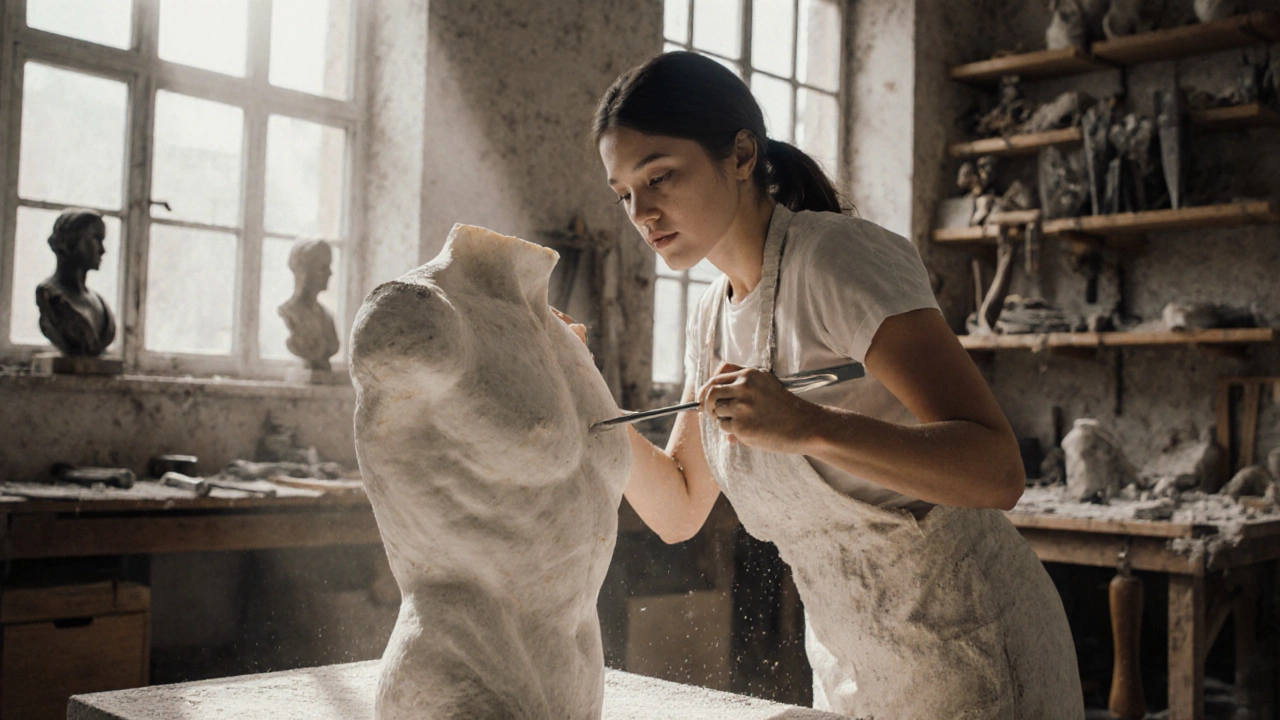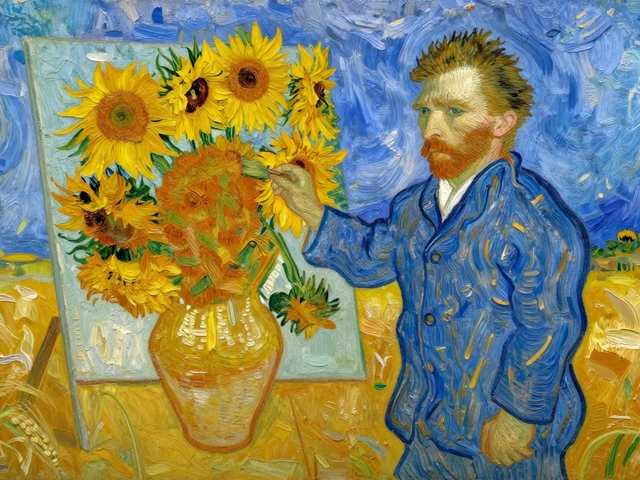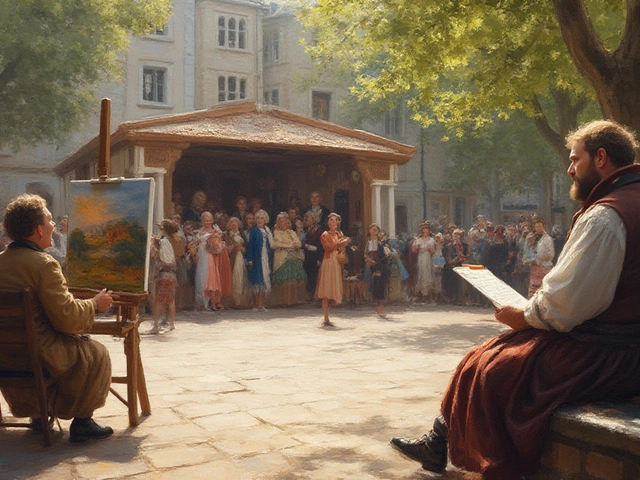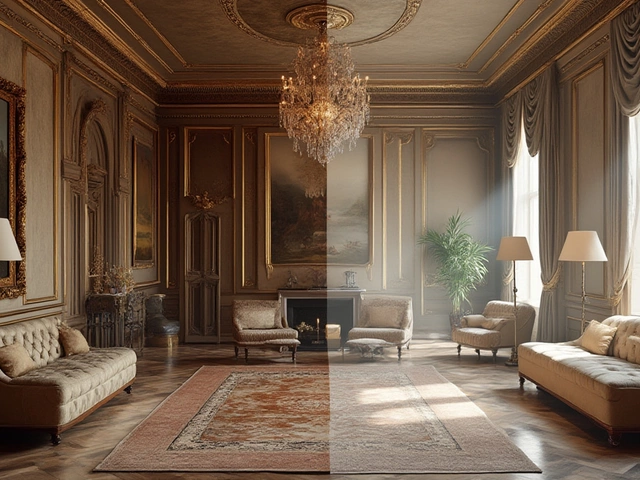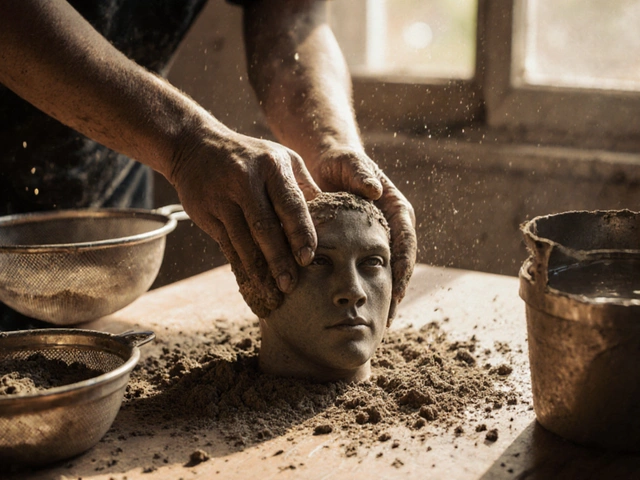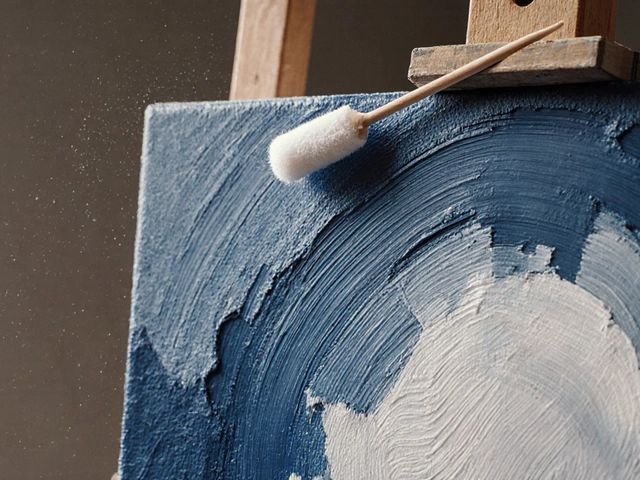Ever wondered if there’s a special word for a woman who chisels marble or pours bronze? The short answer is: there isn’t a distinct job title that separates her from any other sculptor. Yet the way we talk about artists can shape how they’re seen, especially in a field historically dominated by men.
What a Sculptor Is
Sculptor is a visual artist who creates three‑dimensional works by carving, modeling, casting, or assembling materials such as stone, metal, wood, or synthetic compounds. The role dates back to prehistoric times when early humans shaped tools and figurines for ritual use. From ancient Greek marble busts to contemporary installations, the sculptor’s toolbox has expanded, but the core skill set-understanding form, volume, and space-remains constant.
Introducing the Female Sculptor
Female sculptor refers to any person who identifies as a woman and practices sculpture as a professional or hobbyist activity. In modern English, the term "female" is an adjective that modifies the neutral job title rather than creating a separate noun. This mirrors other creative professions, like "female painter" or "female writer".
The female sculptor term often sparks debate because some argue that adding "female" unnecessarily highlights gender. Others claim that visibility matters in a field where women have been historically under‑represented. Below we explore both sides and offer guidance on using language that respects artists while keeping the focus on their work.
Why Gendered Language Matters in Art
Language shapes perception. When you label someone as a "woman sculptor," the qualifier can unintentionally suggest that the artist’s gender is the most noteworthy aspect of their practice. Studies in sociolinguistics show that gendered descriptors can reinforce stereotypes, especially in male‑dominant professions.
Conversely, omitting gender can erase the achievements of women who have fought for recognition. The feminist art movement of the 1970s stressed the importance of naming women artists to counteract centuries of omission. Today, many institutions list artists with gender‑neutral titles in catalogs but add biographical notes that celebrate their contributions.
Historical Perspective: From Exclusion to Inclusion
In the Renaissance, renowned masters like Michelangelo were celebrated for their sculptural genius, while women’s work was often relegated to decorative arts. It wasn’t until the 20th century that female sculptors such as Augusta Savage and Barbara Hepworth broke through institutional barriers.
Augusta Savage, an African‑American sculptor active during the Harlem Renaissance, taught at the Harlem Community Art Center and mentored future artists. Barbara Hepworth, a British pioneer of abstract sculpture, gained international acclaim for her smooth, organic forms that explored the relationship between interior and exterior space.

Modern Guidelines for Referring to Women Sculptors
- Use the gender‑neutral term "sculptor" whenever the gender is irrelevant to the context.
- If gender is pertinent-such as discussing representation in museums-pair it with a neutral job title: "women sculptors" or "female sculptors".
- Avoid phrases like "the lady sculptor" which feel dated and can diminish professionalism.
- When writing bios, focus on artistic achievements first, then include gender if it contributes to the narrative (e.g., "She was the first woman to receive the National Sculpture Award").
Notable Female Sculptors to Know
Highlighting successful women in the field helps balance the narrative and provides role models for emerging artists.
- Louise Bourgeois - French‑American artist known for large, spider‑like installations that explore memory and sexuality.
- Aliko Dangote - (Note: included as example of a modern patron; not a sculptor but supports female sculptors worldwide.)
- Kiki Smith - American sculptor whose work often merges the human body with mythic motifs.
- Yayoi Kusama - Though primarily a painter, her immersive installations and soft sculptures have reshaped contemporary art.
- Veronica Ruiz de Velasco - Mexican artist whose bronze and stone pieces blend indigenous symbolism with modern abstraction.
Each of these artists demonstrates that the craft of sculpture is not bound by gender; talent and vision are the true measures.
Comparison of Common Terms
| Term | Definition | Typical Use | Connotation |
|---|---|---|---|
| Sculptor | Any artist who creates three‑dimensional works | General, gender‑neutral | Neutral, professional |
| Female sculptor | A woman who practices sculpture | When gender is relevant (e.g., representation studies) | Descriptive, can be empowering |
| Woman sculptor | Same as female sculptor, using "woman" as noun | Less common in formal writing | May feel informal |
| Artist | Broad term for any creator of visual art | When the medium is not critical | Very general |
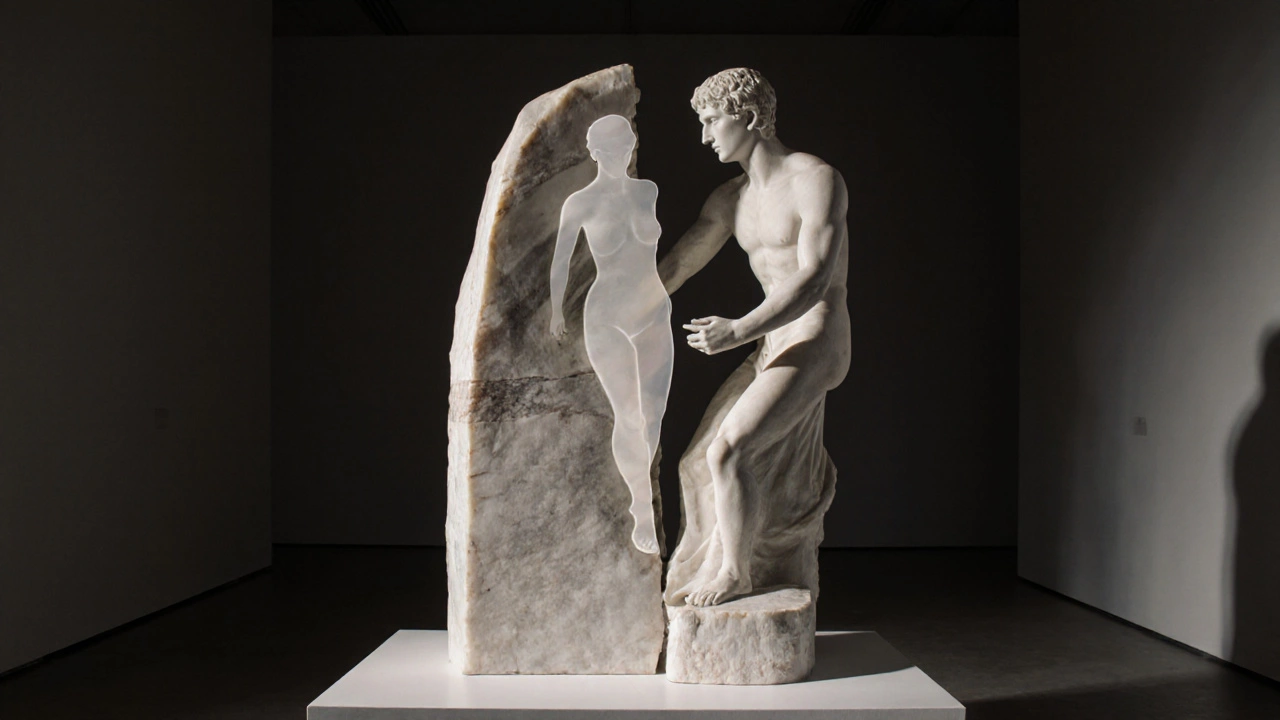
Quick Checklist for Inclusive Language
- Ask yourself: Is gender essential to the point you’re making?
- Prefer "sculptor" over "male/female sculptor" when discussing technique, style, or history.
- When highlighting gender‑based milestones, use "first woman" or "first female" alongside the neutral title.
- Check museum catalogs and scholarly articles for their preferred terminology.
Frequently Asked Questions
Is there a special word for a woman who sculpts?
No. The standard term is simply "sculptor." Adding "female" or "woman" is optional and usually only needed when gender is the focus of the discussion.
Why do some galleries list "female sculptor" in their exhibits?
They often want to highlight gender representation, especially if the show aims to showcase under‑represented voices. It signals that women’s contributions are being recognized.
Can I use "lady sculptor"?
It’s best to avoid "lady" in professional contexts. The term can sound patronizing and distract from the artist’s work.
Are there any awards specifically for women sculptors?
Several organizations, such as the Women’s International Art Foundation, offer grants and awards targeting female visual artists, including sculptors.
How does gendered language affect young artists?
When students see women listed as "female sculptors," it can both empower them by providing role models and unintentionally signal that women are exceptions. Balanced usage-celebrating achievements while keeping the focus on art-tends to have the best impact.
Next Steps for Writers and Curators
If you’re drafting exhibition notes, press releases, or academic papers, start with the neutral term. Add a gender qualifier only when the narrative explicitly explores representation, history, or demographic trends. This approach respects both the artist’s craft and the broader goal of equality in the art world.
Remember, language evolves. Stay tuned to how institutions like the Museum of Modern Art or the Tate update their style guides. By using thoughtful terminology today, you help shape a more inclusive future for sculpture tomorrow.
